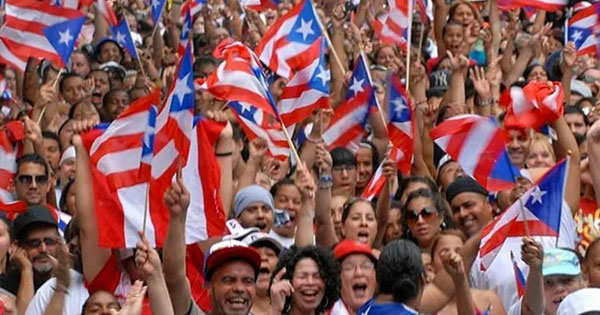Puerto Ricans requested statehood on Nov. 3, 2020, with 52.3% of voters asking to change the island’s status from unincorporated territory to U.S. state.
This is the sixth time statehood has been on the ballot since Puerto Rico ratified its Constitution in 1952. Voters rejected the status change in 1967, 1993 and 1998.
The 2012 election results were unclear because some voters did not answer both parts of a two-part statehood question. In 2017 statehood won decisively, albeit with very low turnout of around 23%.
Puerto Rico didn’t become the 51st state then, and it is unlikely to achieve statehood any time soon. Only Congress can add new states to the Union, via an Admission Act or House Resolution that requires approval by a simple majority in the House and Senate.
The United States wrested Puerto Rico from Spain in the 1898 Spanish-American War, along with Cuba, the Philippines and the Mariana Islands.
Shortly after, a series of Supreme Court rulings called the “Insular Cases” — made by the same court that found racial segregation constitutional in Plessy v. Ferguson — deemed most of America’s new territories to be inhabited by “alien races,” ungovernable by “Anglo-Saxon principles.”
These cases labeled America’s island territories as incorporated or unincorporated, each with a different set of rights. Puerto Rico is an unincorporated territory. It is similar to U.S. states in many ways but its taxpaying residents lack voting representation in Congress, cannot vote for president and do not enjoy all the same constitutional rights as other Americans. keep reading>>
